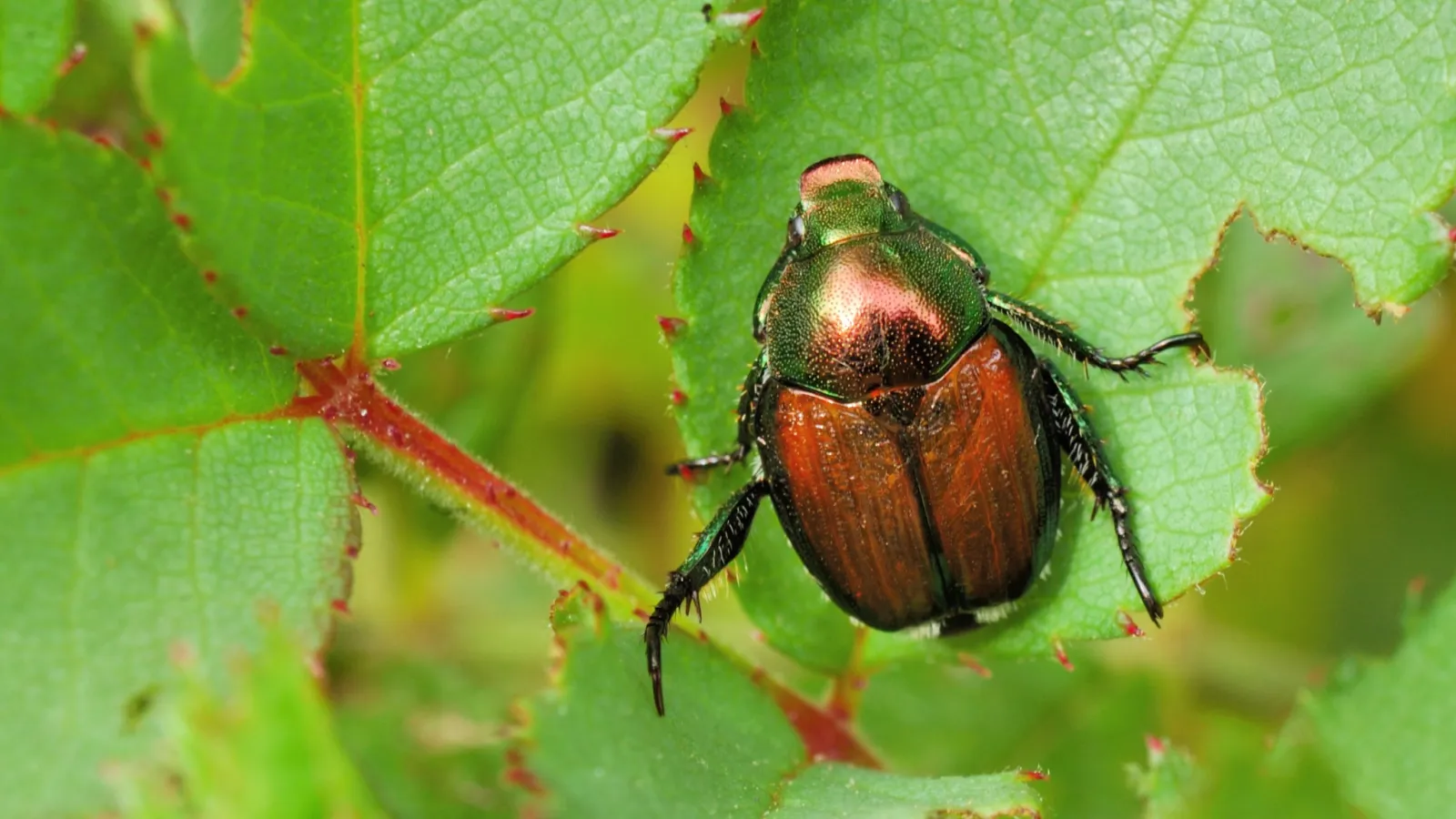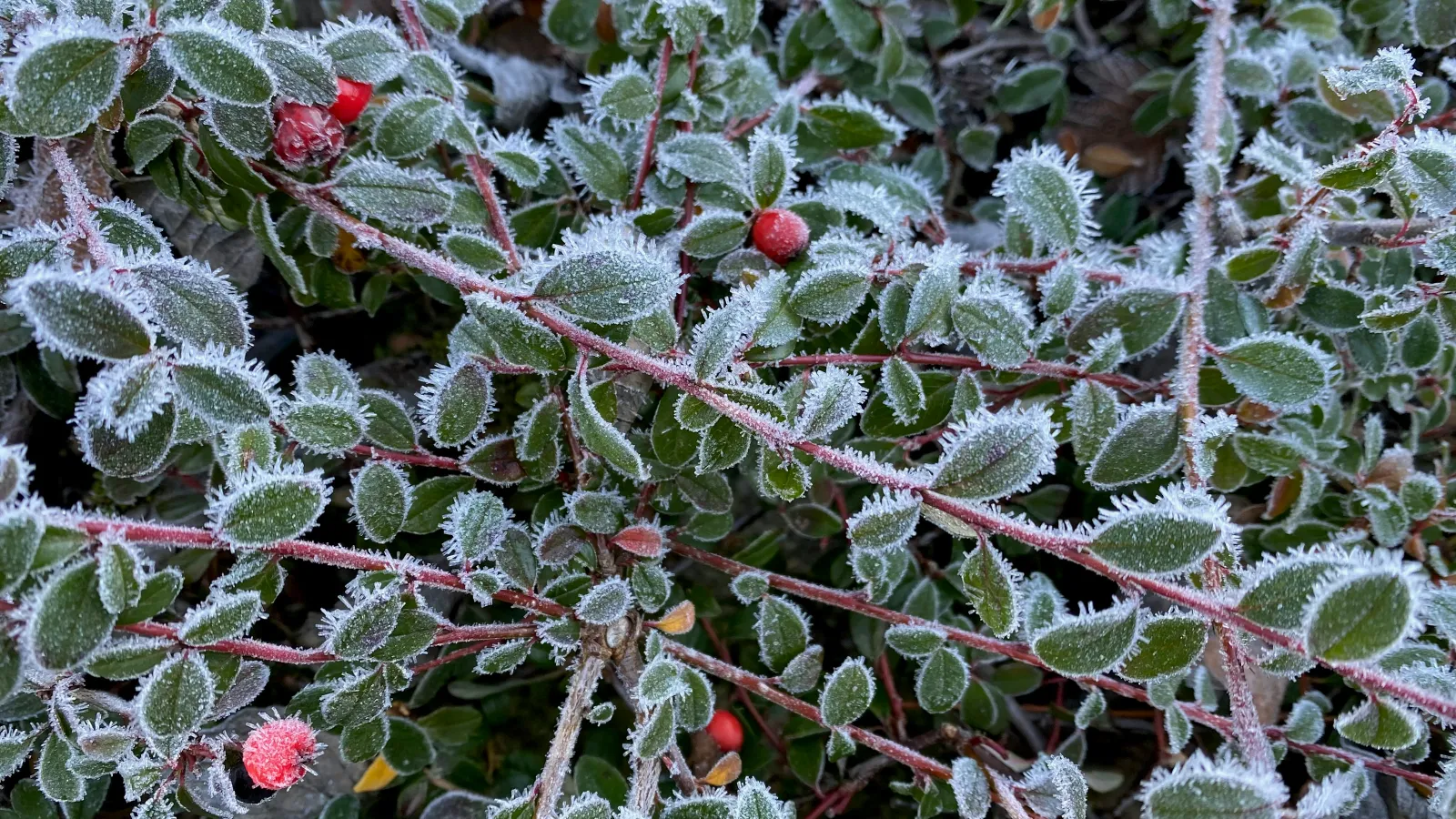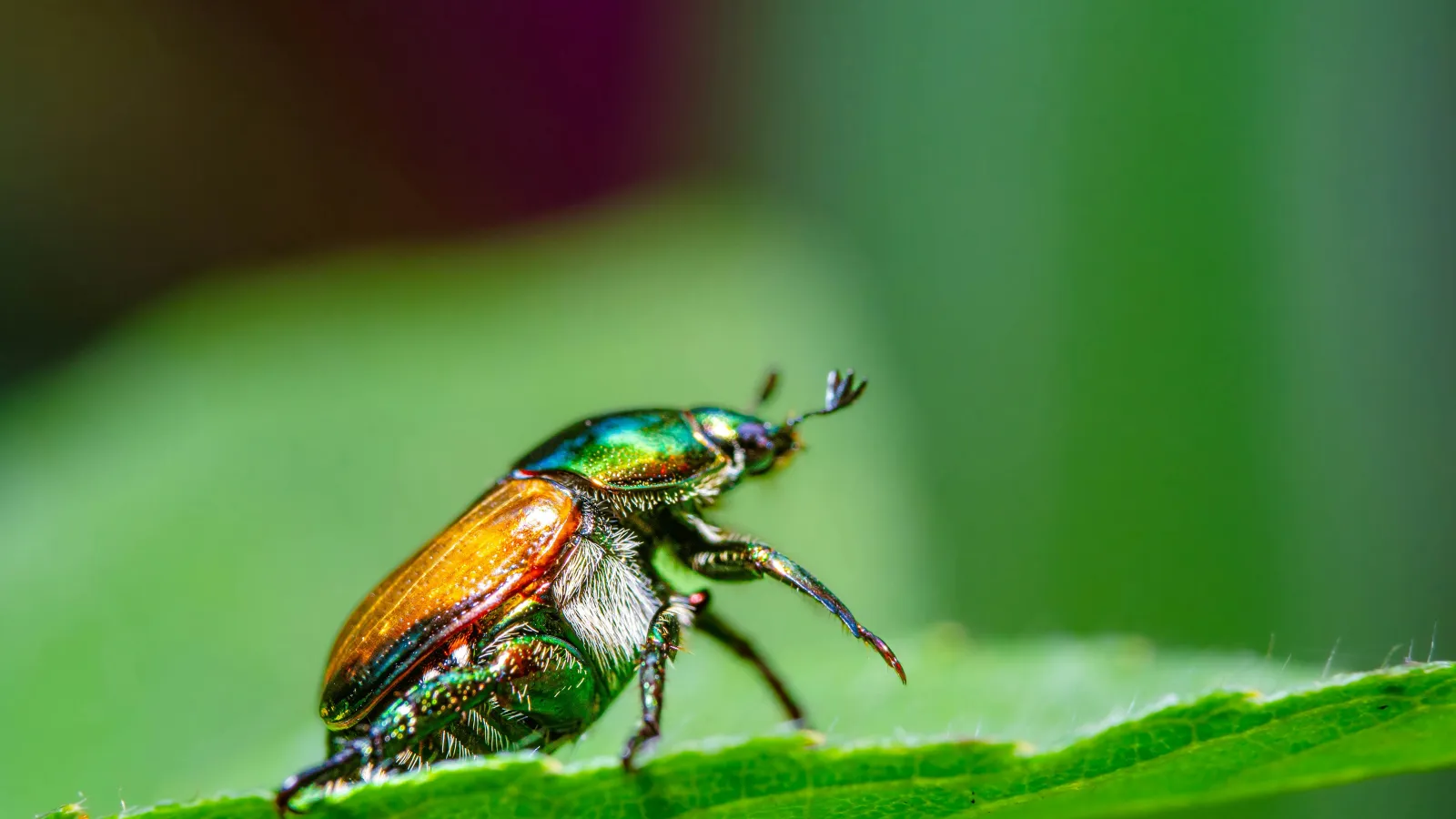
Japanese Beetles Eating Your Plants?
The first written evidence of the Japanese beetle (Popillia japonica) was in 1916 at a nursery in New Jersey. Native to Japan and not very destructive there, this scarab beetle species is a noted pest of about 300 species of plants including rose bushes, grapes, hops, crape myrtles, birch trees, and others.
When Do Beetles Emerge?
Japanese beetles emerge from the soil in late May to early June as an adult, to mate and lay eggs. Females live for a few weeks feeding on trees, shrubs, and roses in the morning, returning to the turf in the afternoon to lay more eggs.
The adult measures 15 mm (0.6 in) in length and 10 mm (0.4 in) in width, and has an iridescent copper-colored hardened forewing and a green thorax and head.
Japanese Beetles Are Skelotonizers
Japanese beetles usually don't kill established plants, but they are skeletonizers. They feed on broadleaf plants, consuming only the leaf material between the veins, and fruit on the plants, if present. Established broadleaf plants store enough energy to regrow the lost foliage but can be damaged severely and lose luster during and after periods of feeding. If a tree or plant dies as a result of Japanese beetle feeding it is usually due to contributing factors that have weakened the plant prior to or after feeding has occurred. This could be disease, improper planting, maturity of plant, or environmental factors.
The White Grub
Root feeding from the offspring of Japanese Beetles, the white grub, during August - September can kill areas of turf as they go on a feeding frenzy. We recommend being proactive with grub control during years we have bad outbreaks of Japanese beetles to minimize damage to turf late in the growing season.
If you have any questions about Japanese beetles or think you may have an infestation on your plants, contact us. We can help!
Photo from almanac.com.

